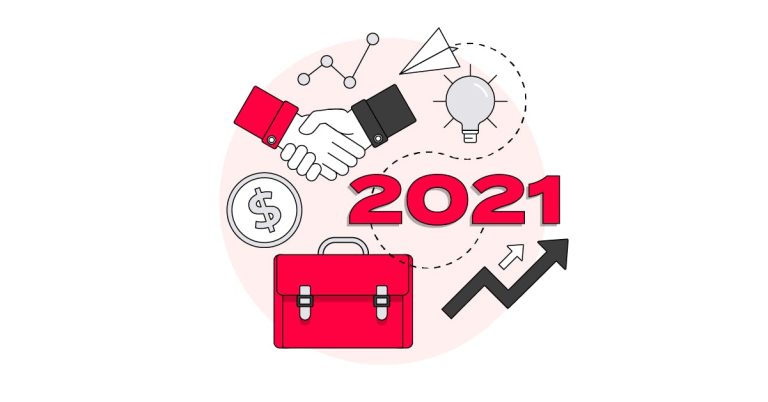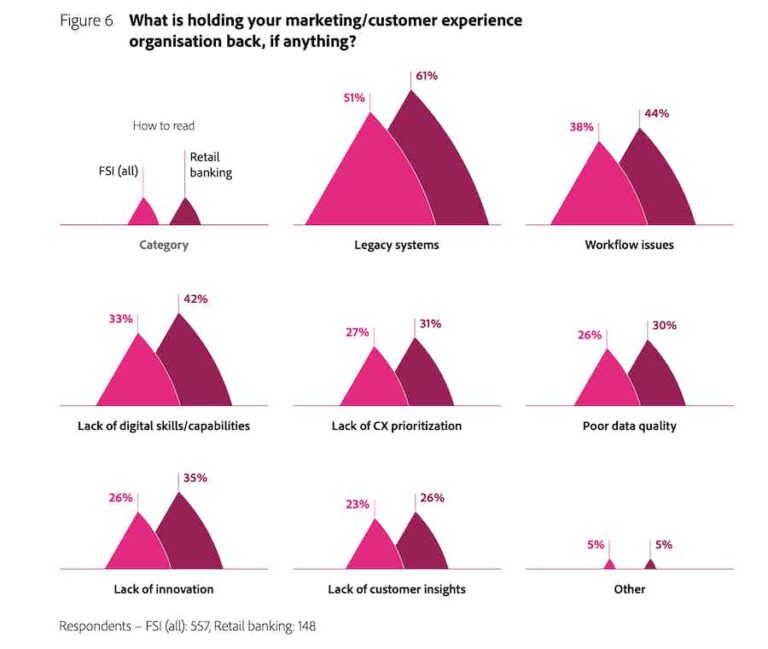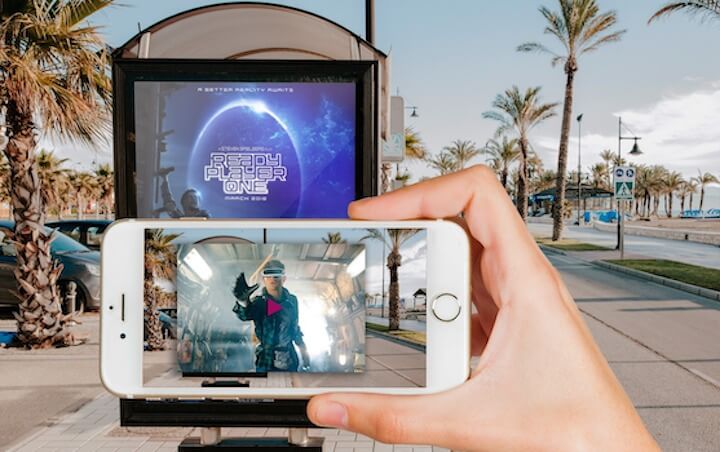Collaborate across departments. Siloes prevent anyone from understanding the full picture, and more importantly, from fixing issues quickly. Until all stakeholders have real-time access to the same data, you’re likely to keep running into the same issues. Advanced analytics tools allow you to share information and insights from a single platform as well as integrate with other digital technologies.
With the right tools, ecommerce brands can learn more about how customers use their app so they can provide an even better experience. Here are a few tips for optimising your app’s mcommerce experience.
When evaluating mobile app analytics tools, a top criterion should be the completeness of data captured and analysed. You also want to be able to understand customer journeys across your web site and mobile app.
Personalisation. Don’t spend all your time building a slick mcommerce experience that shows the same thing to every visitor. When a brand remembers its customers and provides relevant offers and recommendations, 91% of consumers say they’re more likely to shop with them. Personalised experiences that demonstrate a real, deep understanding of what, how, when and why customers transact also increase engagement and drive value from every step of the digital customer journey.
What makes an optimised mobile commerce experience?
Capture everything. The average digital session includes 1000 events, from clicks and taps to errors and exits. You must be able to collect, analyse and visualise every one of those events for a complete picture of your customers’ digital journeys. Any one of them could be the difference between conversion and abandonment.
It’s only with the benefit of hindsight (or the rare incredibly informative customer review) that most mcommerce companies can really figure out what led a customer to complete or abandon a purchase. Mobile app analytics are generally less mature than the longer-tenured web analytics tools. In addition, most app analytics solutions are burdened with heavy SDKs, an average of 15 per shopping app, and a lack of configurability, both of which lead to poor performance and shallow insight.
Here’s why an excellent mcommerce app experience is crucial, what it looks like, and three tips for getting there.
Convenience. The fewer headaches you give a customer, the better. Saved ordering information, such as billing, shipping and discounts, reduces customer consternation and makes it simpler for them to go from searching to buying to receiving without hiccups.
It doesn’t matter what industry you’re in – ecommerce companies have great reasons to optimise their mobile app experience. For one, shoppers have flocked to mobile channels in recent years – mcommerce has grown steadily and is projected to make up almost three quarters of all retail ecommerce sales in 2021.
Three tips for creating a sticky mcommerce app
To fully understand and optimise your mcommerce experience, you need a tool that doesn’t impede your app’s performance AND also offers the most important piece of information about customer behavior: “Why.” Only when you understand why your customers behave as they do can you truly optimise their mobile journey and maximise your business results.
Reliability. From 2019 to 2020, the uninstall rate of shopping apps went up about 31%, leading to an average loss of over 0,000 USD per month for ecommerce businesses. The reasons are myriad, from a lack of personalised offers to app size and battery drain, but performance and stability tops the list: 62% of people uninstall an app if it crashes, freezes or generates constant errors.

App users are a more captive audience than the average mobile web shopper. Because installing a discrete app is an extra step, they’re far less likely to be just doing research or window shopping. You can leverage their intent – and an app’s high degree of configurability – to earn their loyalty with an optimised, personalised app experience.
Use the right tools to turn data into insights. So you know how customers are acting in your app – but why are they acting that way? Analytical tools with an AI engine correlate user behaviors with technical issues, patterns and trends, providing the critical insight you need to optimise their in-app experience.
Why most mobile app optimisation tools fail
In addition, third-party data restrictions continue to put the squeeze on attribution for ecommerce brands. It also turns out brands’ attribution appetite fits neatly with what consumers want: A 2021 Linnworks survey found that 81% of shoppers expect a frictionless ecommerce experience when using multiple devices to complete a purchase.
Attribution. Mcommerce optimisation means knowing the habits and preferences of your customers, including where they came from and what impacted their digital journey along the way. Brands have long struggled to measure the results of their marketing efforts with confidence, mostly due to the multi-device reality of a consumer’s everyday life.




![[CRO Test Idea] “Your Order is Corona Safe” eCommerce Banner](https://research-institute.org/wp-content/uploads/2021/03/cro-test-idea-your-order-is-corona-safe-ecommerce-banner-768x479.jpg)

